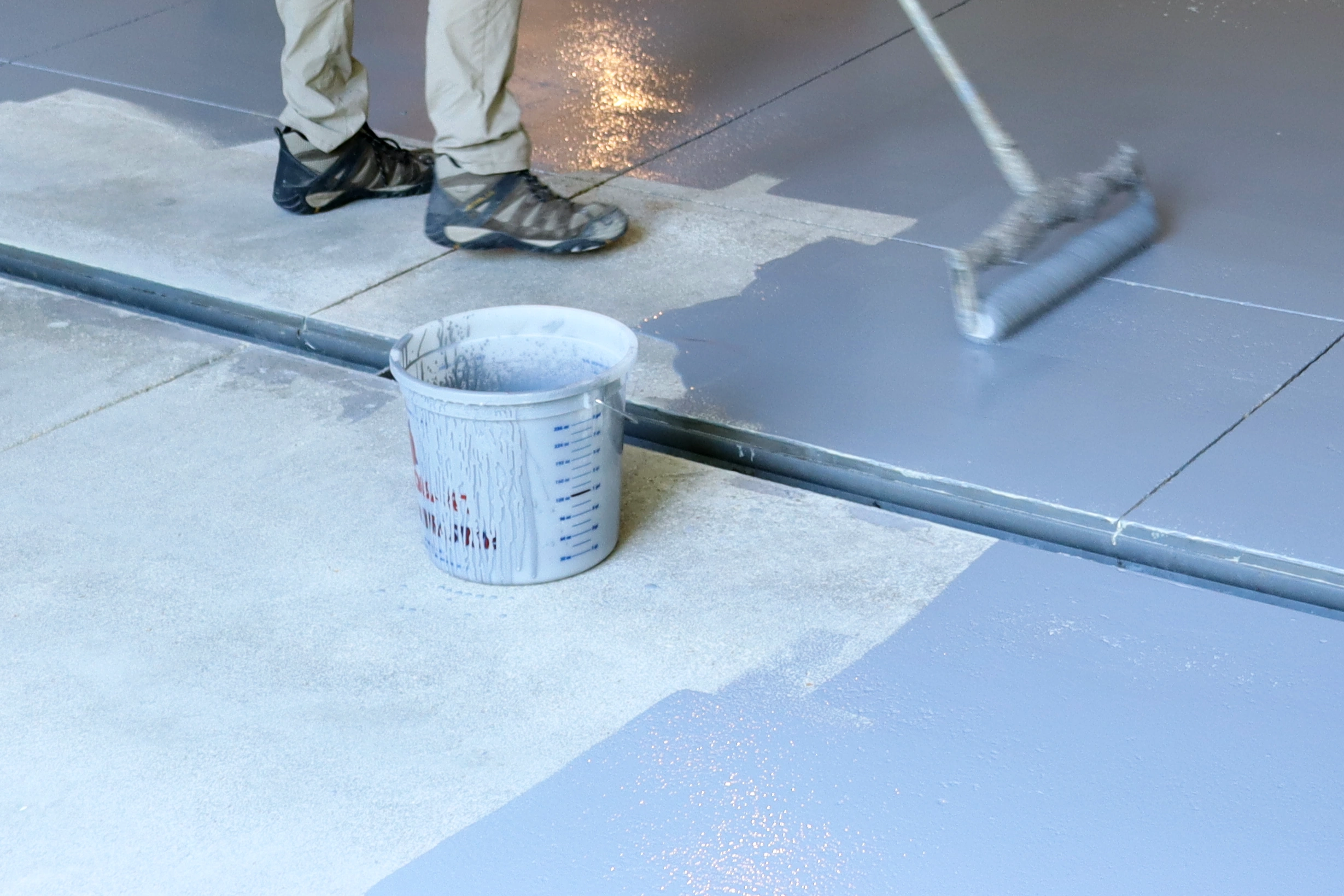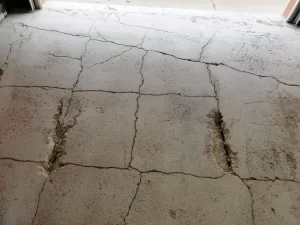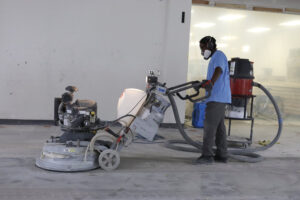Water vapor can cause serious damage to your home. For instance, if your flooring gets wet, it could cause mold and mildew, or even destroy your floor. No one wants that, so vapor barriers are there to help prevent the floor from getting wet. They also help with reducing damp and musty areas by sealing up the concrete.
Also known as a moisture barrier, a floor vapor barrier is typically a sheet of plastic or membrane that stops moisture from moving through a wall or concrete floor. A moisture barrier is used when installing floors or walls in areas prone to dampness, excess moisture, or environmental conditions, such as basements, crawl spaces, offices or other living areas. By code a plastic barrier is placed before your concrete is poured in a new construction. In certain areas houses and buildings built before 2008 weren’t always required to have a barrier installed.
However even with a barrier placed under your concrete sometimes a topical barrier is necessary.
When Do You Need a Moisture/Vapor Barrier?
To determine if you need a moisture barrier for your floor, you need to consider 4 factors: The age and history of your space, Climate, the floor grade level (above ground or below ground), and the sub-floor you’re installing over.
History/ Age
The age of your space and any known history of water or moisture issues can play a large role in whether you should consider a topical vapor barrier. Older homes or buildings were not always built with barriers under the concrete. It is important to know the history and circumstances to determine the best system or repair. In some cases a newly installed barrier can get punctured or torn during the construction process. For a newer construction home a pin sized or larger hole in a Barrier is a failure point and has the potential of causing moisture issues.
If any water vapor penetrates through your concrete floor it could cause lifting or bubbling in your flooring, wet or damp carpet, or possible issues with mold and mildew. A topical vapor barrier stops the movement of the moisture at the surface, preventing damage to your space or flooring.
Climate
In mild climates, vapor barriers may not be as common. However, if the climate around you is drastic, areas with a high water table or below sea level, areas where it may rain a lot or have snowy conditions, areas that have humid summers where concrete sweats could be common ( cold soda on a hot day), or the type of soil your building on, a vapor barrier could be a necessity.
Grade Level
On some levels of the home, moisture barriers are more necessary than others. For instance, a basement is below-grade, so it’s more prone to moisture or water intrusion. Therefore, those levels that see more water vapor would need a moisture barrier. If the house does not have a basement, the ground level could be more susceptible to moisture. Also keep in mind the type of soil or ground you build on can have a major effect on the possibility of future water/ vapor issues. For example clay or rocky land may not drain as well causing rain water to not drain properly. This could create a moisture or water issue that may not be present on a space built over dirt or sand where water can drain.
Sub-floor Material
If you’re installing flooring over concrete: linoleum, laminates, carpet, hard wood. You will want to consider putting down a topical barrier before hand as added protection, especially on an older concrete floor. In high-humidity areas, moisture will move to a relatively low-humidity area, even through concrete ( Consider it a sponge- constantly breathing). Therefore, because concrete is porous, it’s a good idea to install a vapor barrier over your concrete sub-floor before installing your flooring. This way you can stop the vapor drive of water upward to your floors, protecting them from any damage.
Vapor Barriers
There are many types of vapor barriers that you can have installed. Anything from an integral type to an Epoxy or Urethane barrier. Its alwasy best to contact your local coatings or flooring specialist to have a conversation about your specific project before installing your new flooring. There are many options and each situation may call for a different solution for your space. Make sue to prepare, inspect and test before installing.





